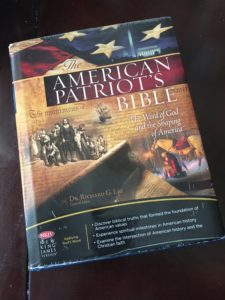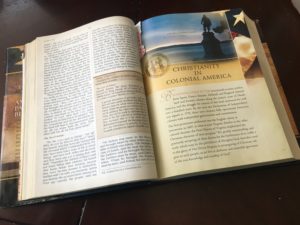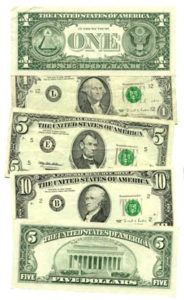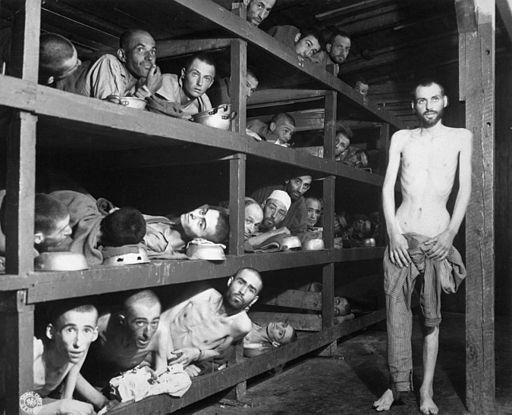 I’m finally publishing my long-overdue list of the best books I read in 2017. Now, you may be thinking “Aren’t we already halfway through 2018?” You are absolutely correct. At any rate, I’ve been publishing the list of my favorite books of the year for nearly 10 years, and I missed 2017, so I’m writing it now. I did write this list down in my journal on January 1st, so I’m actually not relying on memory.
I’m finally publishing my long-overdue list of the best books I read in 2017. Now, you may be thinking “Aren’t we already halfway through 2018?” You are absolutely correct. At any rate, I’ve been publishing the list of my favorite books of the year for nearly 10 years, and I missed 2017, so I’m writing it now. I did write this list down in my journal on January 1st, so I’m actually not relying on memory.
My annual best books list are for books that I personally read for the first time in a year. So… you may find a lot of books that were published years ago that I just got around to reading. Also, even though I read translations of books (for example, I read Carve the Mark in Spanish and Divergent in German earlier this year) they don’t count, if I’ve read the book before. So without further ado, here’s my list.
The 2017 List
10) The Age of Reagan –
9) The Better Angels of our Nature – Ever wonder where the phrase “there’s more than one way to skin a cat” came from? Or perhaps “cut off your nose to spite your face”? Maybe you don’t want to know. Anyway, Steven Pinker’s The Better Angels of our Nature was a book that I had been meaning to read for a while, and finally got around to. It was a fairly quick read (for a nonfiction book) and I learned all sorts of interesting things. I also feel very fortunate to live when I do, and not in times where people literally did cut off each other’s noses. This book makes a very good case that we live in the most peaceful time in human history. Pinker is not a big fan of Christianity, but beyond that, there is a lot of good stuff here. Maybe he does have a good case against huge religious organizations that would send people on crusades, however. At any rate, this was a great book with a lot of interesting history in it. If you like history, you may want to put this on your books to read.
8) Daily Life in Medieval Times – I bought this book years ago. Daily Life in Medieval Times is one of those books that you can read for a little while and put down, not because it’s not interesting, but because it talks about one subject, then moves on to another subject. I started this book before and “ooh, squirrel, I mean, a book!” found other books that I just had to read right then, and it never got read. Until last year. It made my top 10 books of the year.
7) The Third Target – The lowest-ranking fiction book that made my list, The Third Target is a thriller that will keep you on the edge of your seat. I don’t think that I’ve ever read anything by Joel C. Rosenberg that I didn’t like. I reread his The Last Jihad series last year as well, but since I had read it before, it wasn’t eligible for this year’s list.
6) American Miracle – If you find American history and divine providence to be interesting, American Miracle by Michael Medved is a really interesting story about some of the amazing coincidences that happened that allowed the United States to form as a country and make it what it is today.
5) The Game of Thrones (books 1-5) – If I read multiple books in a series in a year and they all are worthy, I bunch them all together in my end of year list. The Game of Thrones is a very complex book with a lot of characters and plot turns, and it’s not appropriate for younger audiences, but it is an exciting series of books. The only downside to this book series is that book 6 still hasn’t been published, and who knows when it will. By the time the follow-up book, Winds of Winter, comes out, I may have to reread this series. Which is not bad, because there’s a lot going on and I’m not sure that I can keep all the characters in plot in my mind after only one read, but it’s something to keep in mind.
4) Deep Under Cover – Deep Under Cover by Jack Barsky is the story of how one man was recruited by the KGB (or was it the German Stasi… it doesn’t matter) and ended up spying in America. It was interesting and kept me wanting to find out more.
3) Defying Hitler – I read a lot of 20th century books last year (some of which did not make this list). Defying Hitler, by Sebastian Haffner, is the only book that has ever made this list that is unfinished (although the way things are going, The Game of Thrones might be finished by a ghostwriter). It is the oldest book that made the list this year, at least in terms of when it was written. Defying Hitler is a first-hand account of a teen and young man growing up in the years that Adolph Hitler was gaining in popularity. It was very interesting, and worth the read.
2) Carve the Mark – When a book is released in the year potentially affects how high a book gets on this list, I suppose. Carve the Mark, by Veronica Roth, was one of the first books that I read last year, and gets second on my best books of 2017 list. If I read this book last, it might have made the top spot, because it is outstanding, but I read it first. This is an exciting read and I couldn’t wait to read the ending (and I loved the second book in the duology). I reviewed this book on my blog last year.
1) Warcross – The best book that I read in 2017 was also the last book that I read in 2017: Warcross by Marie Lu. I read it on December 31st, finishing an hour or two before midnight. There are just some authors that reliably write good books, and I wanted to make sure that it had the chance to get on my best books list for the year, so I spent most of the day reading it. I wasn’t disappointed. I loved this book, and I’ll probably read it a couple more times this year (I’ll definitely read it again before I read Wildcard, which I pre-ordered over a month ago). I haven’t put out the review yet (I plan on publishing a review for it later this month).
So there’s the list of the best books that I read for the first time in 2017. Better late than never. I hope to not be so late with publishing my 2018 list.
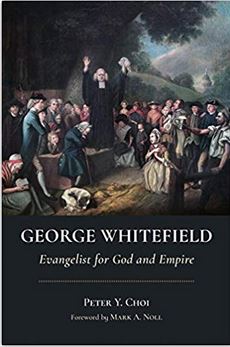 I recently was given a copy of George Whitefield: Evangelist for God and Empire, written by Peter Y. Choi. Like a lot of people who know a lot about the history of the American colonies or of religious history, I knew who George Whitefield (pronounce WIT-field) was. Whitefield is often portrayed as a preacher who played a huge part in the Great Awakening. He’s often painted as a saint. This book seems to paint a more balanced portrait of the preacher.
I recently was given a copy of George Whitefield: Evangelist for God and Empire, written by Peter Y. Choi. Like a lot of people who know a lot about the history of the American colonies or of religious history, I knew who George Whitefield (pronounce WIT-field) was. Whitefield is often portrayed as a preacher who played a huge part in the Great Awakening. He’s often painted as a saint. This book seems to paint a more balanced portrait of the preacher.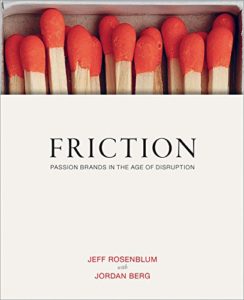
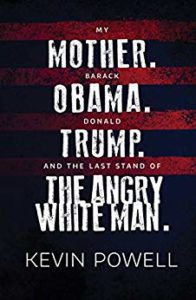
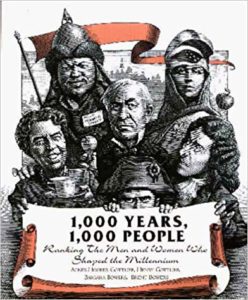
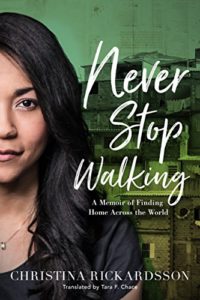
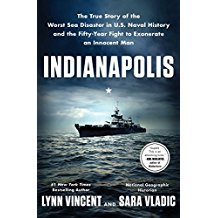
 I’m finally publishing my long-overdue list of the best books I read in 2017. Now, you may be thinking “Aren’t we already halfway through 2018?” You are absolutely correct. At any rate, I’ve been publishing the list of my favorite books of the year for nearly 10 years, and I missed 2017, so I’m writing it now. I did write this list down in my journal on January 1st, so I’m actually not relying on memory.
I’m finally publishing my long-overdue list of the best books I read in 2017. Now, you may be thinking “Aren’t we already halfway through 2018?” You are absolutely correct. At any rate, I’ve been publishing the list of my favorite books of the year for nearly 10 years, and I missed 2017, so I’m writing it now. I did write this list down in my journal on January 1st, so I’m actually not relying on memory.